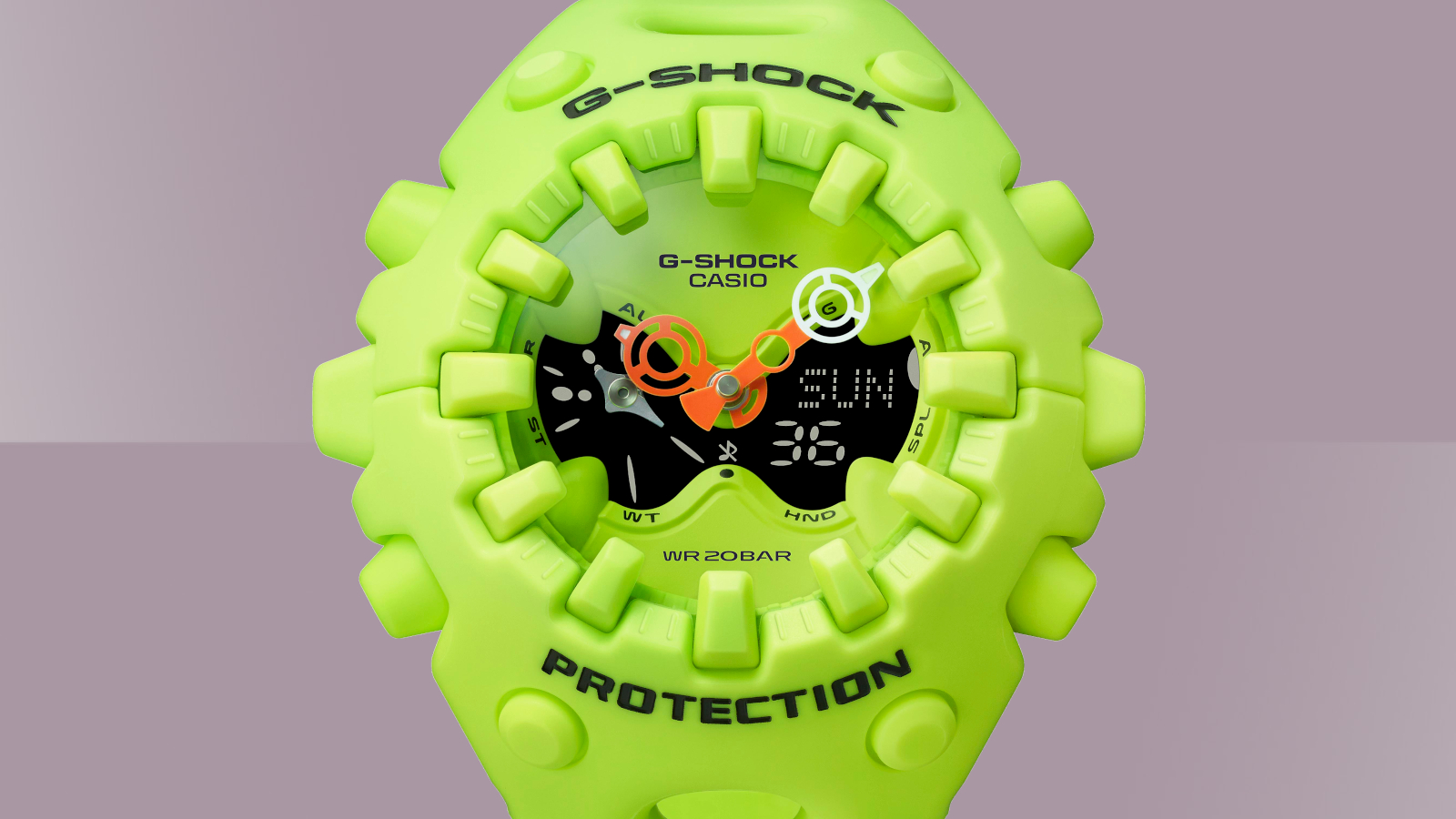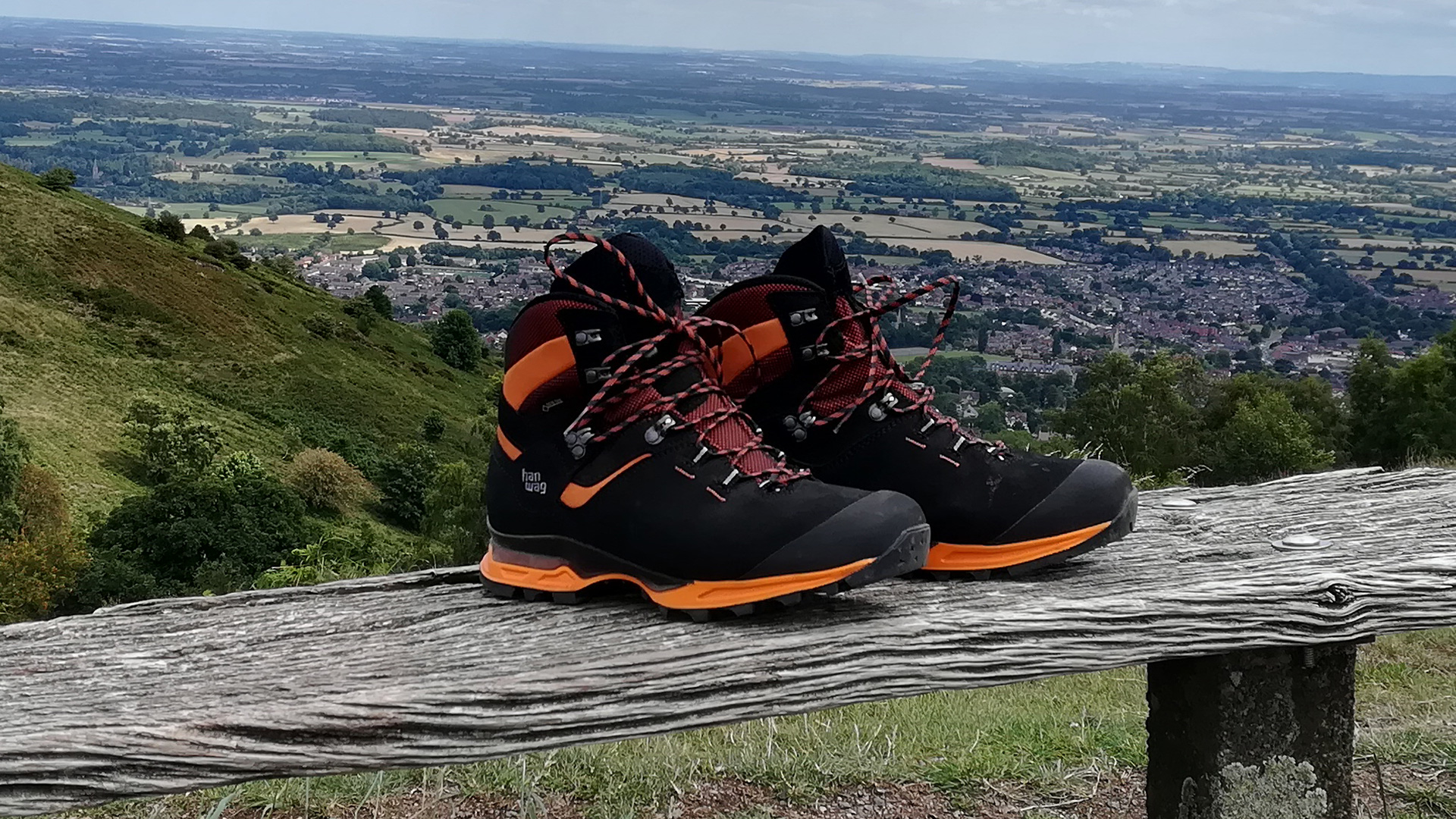

When tackling any terrain that not a tarmac footpath, it's worth making sure you've got the right kind of footwear on. If you're heading off on a hike, that often means donning a pair of dedicated boots. While (within reason) any boot is better than no boot, there are sub-sections within the hiking boot market that are designed for tackling different kinds of activities.
There are three main types of hiking footwear: hiking boots, mountaineering boots, and walking shoes (the hero image is the Hanwag Tatra Light, which falls into the hiking boot category). Read on for a run-through of these three types of footwear, and a guide to what they're used for.
Hiking boots / walking boots
Hiking boot is a catch-all term for any kind of robust boot designed to be worn for walking. The higher cut provides all-important support on your ankle, and they're also designed to provide protection, grip and stiffness to allow you to move confidently and comfortably over a range of different terrain. As we've discussed before, hiking boots do make a difference if you're going to be walking for long periods, or tackling anything but the most groomed paths.
As you'll see from our best men's hiking boot and best women's hiking boot guides, there's plenty of variety within the hiking boot market. However, there are common features to look out for. Most have a waterproof membrane (Gore-Tex or other) to keep your toes dry on rainy days or when moving through boggy ground. The soles will typically be stiffer than you'll find on a street shoe (although less stiff than a mountaineering boot), with aggressive tread patterns designed to provide reliable grip whether you're tackling wet grass, mud, or slippery rock. There will often be a raised rand (rubber buffer) to protect the boot from damage when moving over scree.
Boots are rated from B0 to B3 depending on the stiffness of the sole. A B0 boot is the most flexible and comfiest, and fall into the 'hiking boot' category. It's suitable for hillwalking but not for winter expeditions, as it's not crampon-compatible. A rating of B1 or above would probably be considered a mountaineering boot.
Mountaineering boots
Also known as expedition boots or high altitude boots, mountaineering boots are stiffer and taller than hiking boots, and built for tackling steep and treacherous terrain, as well as things like ice climbing and crevasse traverse. They're super tough, suitable for extreme weather conditions, and most are designed to be suitable for use with crampons. If you're only hiking in the summer, or on established trails, you'll probably want to pick something comfier, of the hiking boot variety.
Mountaineering boots come with different B ratings to indicate what they can be used for. As mentioned above, B0 boots are flexible and not designed for use with crampons. They'd often be considered walking boots rather than true mountaineering boots.
Sign up to the T3 newsletter for smarter living straight to your inbox
Get all the latest news, reviews, deals and buying guides on gorgeous tech, home and active products from the T3 experts
For winter excursions, even if you're just in the UK, a boot with a rating of B1 or above is recommended. B1 boots have a stiffened midsole, and can be used with C1 strap-on crampons. They're versatile enough to also be used for less technical winter hillwalking. Perhaps the most popular mountaineering boot style is the B2 boot. These have stiff midsoles and uppers, and a heel ledge onto which a C2 crampon can be fitted. They're suitable for long days walking in snowy conditions. Finally, B3 boots are the stiffest mountaineering boot option, and feature crampon welts on the heel and toe. These are full-on mountaineering boots, for technical climbing.
Walking shoes
Sometimes called trail shoes, walking shoes are essentially the same as a boot, but cut much lower on the ankle. They will often still have features like the aggressive tread, waterproofing, and robust build quality. However, in a battle of hiking boots vs walking shoes, the main downside of the latter is the lack of ankle section. This means walking shoes are much less supportive than boots, there's less protection on your lower leg, and there's a danger of turning your foot on uneven ground.
While walking shoes unsuitable for long hikes or tricky terrain, they do have their benefits and there are cases where they'll do the job very well. Walking shoes typically have a more flexible sole, and are lighter and more breathable than a boot. They're great for tackling established and stable paths, where you want something light that won't cause your feet to fatigue. They can also be a good option for travel, as they're more packable and more versatile than a pair of boots. Check out our guides to the best men's walking shoes and the best women's walking shoes.
Others to be aware of...
Trail running shoes
At the risk of stating the obvious, these are designed specifically for running on trails. There's a fair bit of overlap between walking shoes and trail running shoes, especially at the 'fast and light' end of the walking shoe market. We have a separate guide to the best trail running shoes.
Approach shoes
Approach shoes have a similar upper to what you'll find on a trail shoe, but the sole uses the same kind of soft, grippy rubber you'll find on dedicated climbing shoes. Typically, these don't have much of a heel, which can pose an issue on slippery descents. You might pick a pair of these if you're planning on doing a mix of climbing, scrambling and walking.
Ruth is a lifestyle journalist specialising in sleep and wellbeing. She has tested more mattresses than her small flat can handle and will talk at length about them to anyone who shows even a passing interest, and has had to implement a one-in-one-out pillow policy for fear of getting smothered in the night. As well as following all the industry trends and advancements in the mattress and bedding world, she regularly speaks to certified experts to delve into the science behind a great night's sleep, and offer you advice to help you get there. She's currently Sleep Editor on Tom's Guide and TechRadar, and prior to that ran the Outdoors and Wellness channels on T3 (now covered by Matt Kollat and Beth Girdler-Maslen respectively).
-
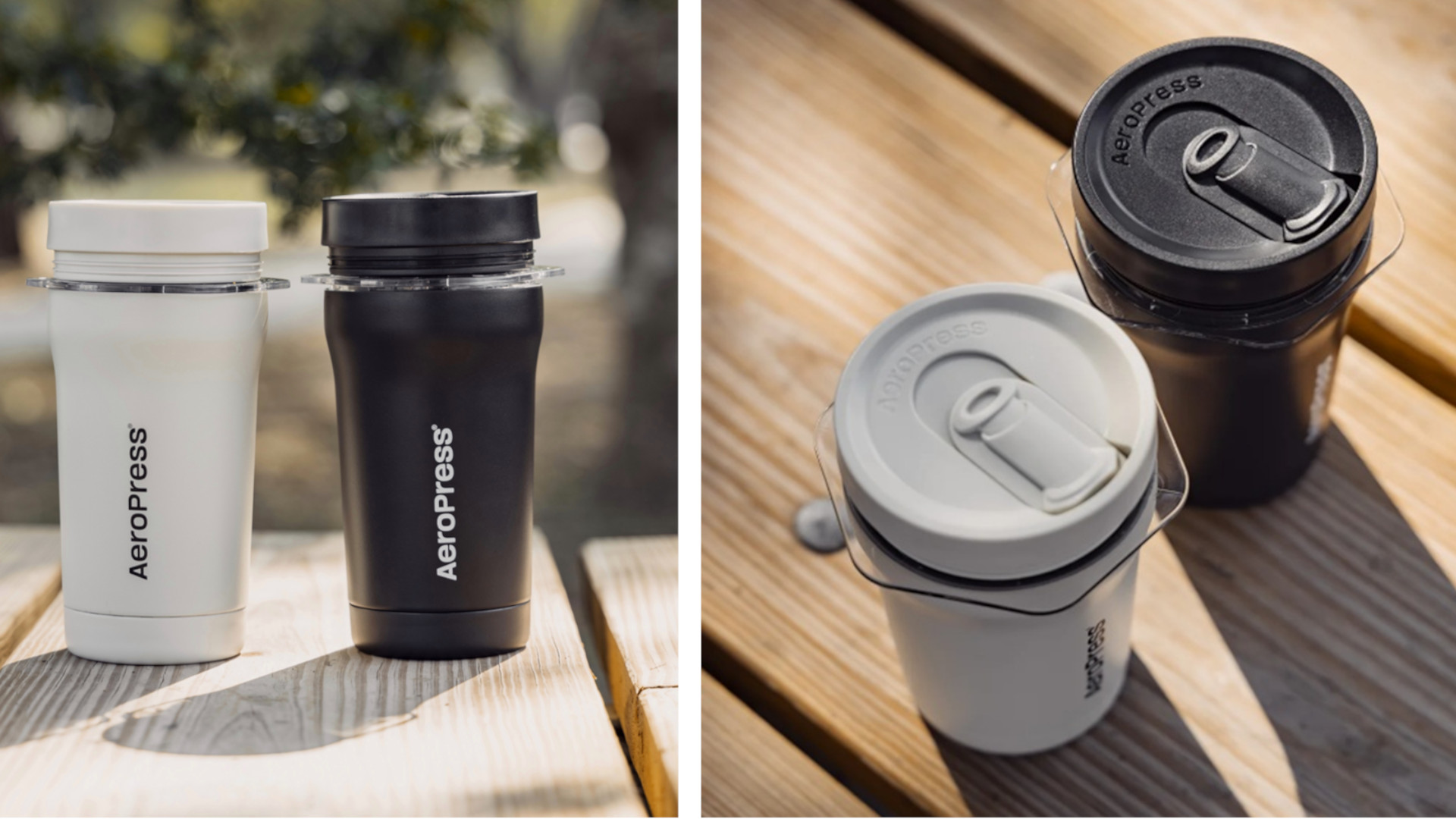 The AeroPress Go Plus is the gadget I need for my next outdoor adventure
The AeroPress Go Plus is the gadget I need for my next outdoor adventureWhether you’re off camping or heading on a hike, the new AeroPress Go Plus lets you enjoy great coffee on the go
By Bryony Firth-Bernard
-
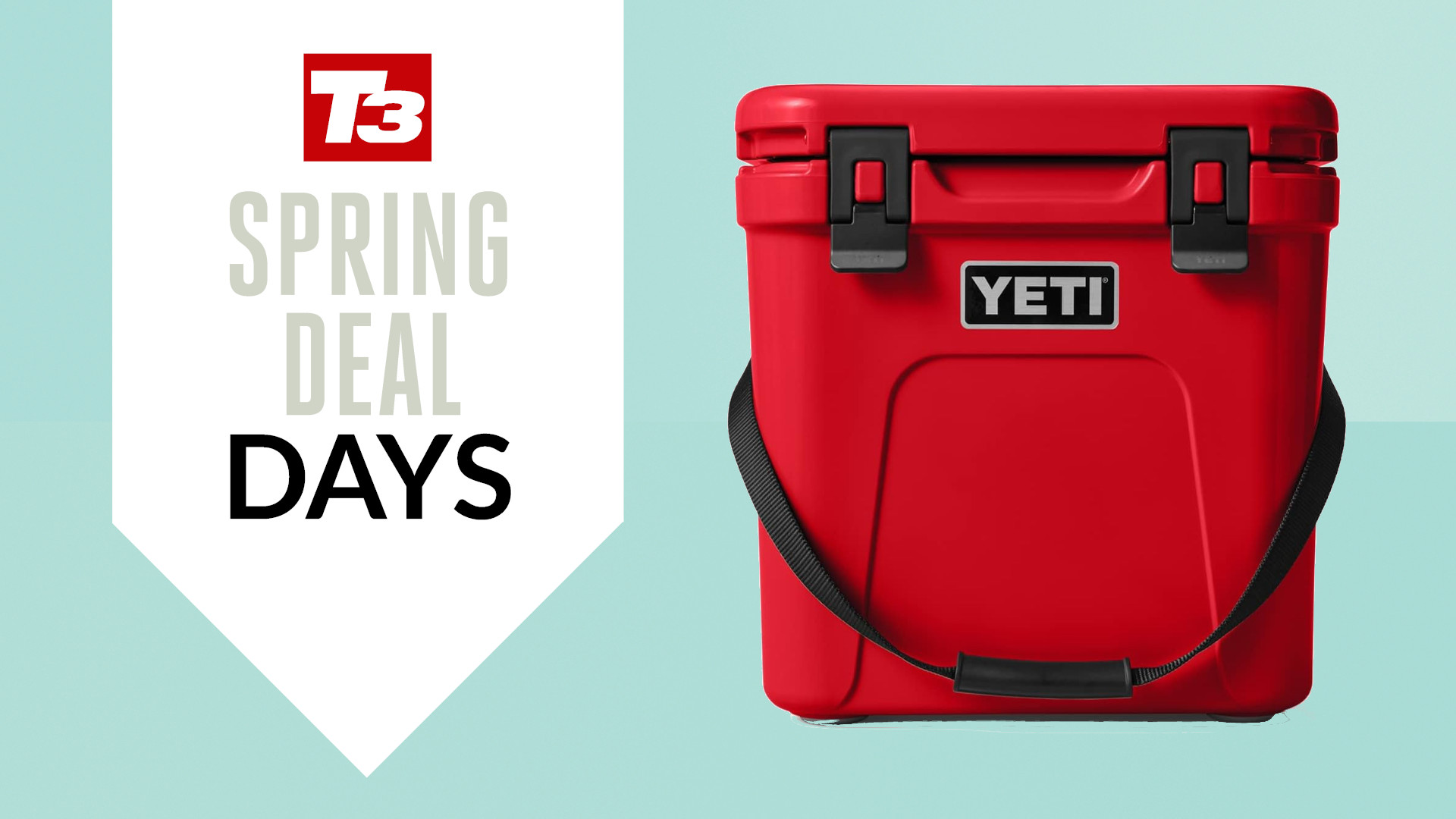 YETI has discounted a ton of its best-selling coolers and tumblers in Amazon’s Big Spring Sale
YETI has discounted a ton of its best-selling coolers and tumblers in Amazon’s Big Spring SaleJust in time for the warmer months
By Bryony Firth-Bernard
-
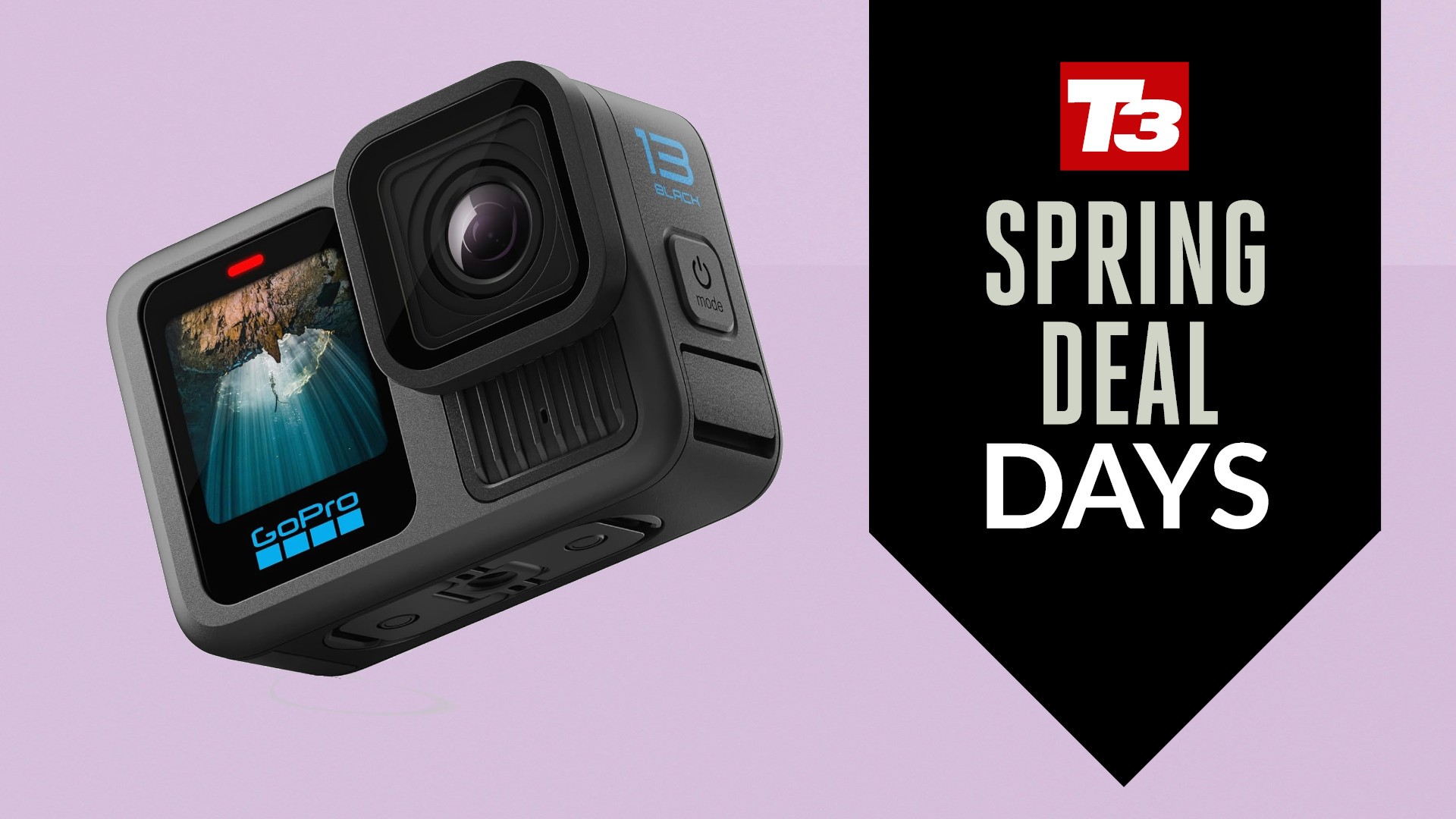 GoPro's latest flagship action cam just got a major price cut in Amazon's spring sale deal
GoPro's latest flagship action cam just got a major price cut in Amazon's spring sale dealYou can pick up the Hero 13 Black with almost 20% off
By Lee Bell
-
 How to pack your rucksack for a hiking or camping trip
How to pack your rucksack for a hiking or camping tripPack properly, save space and get easier access to the items you need the most
By Bryony Firth-Bernard
-
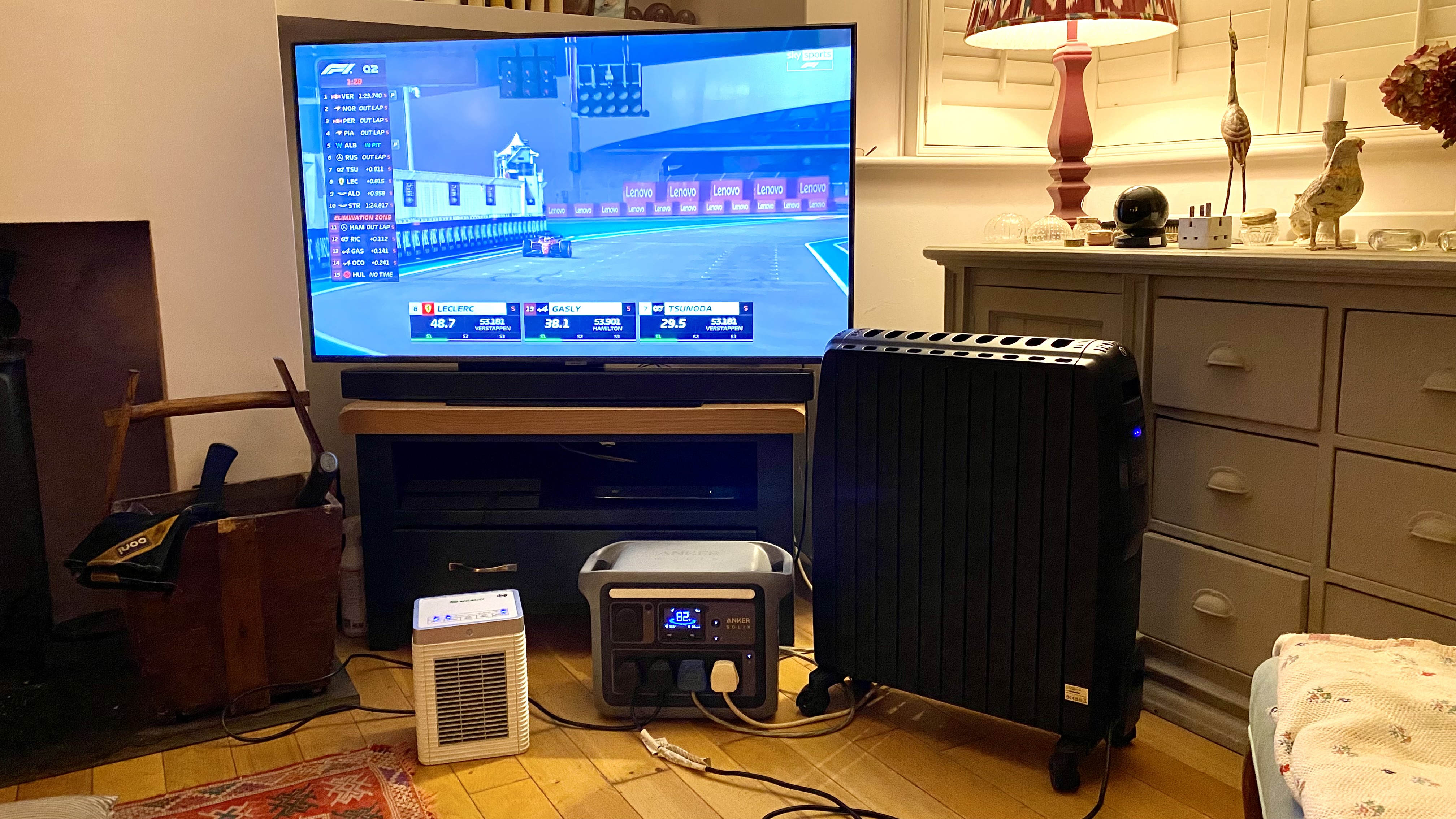 Change my mind: the smaller, the better with portable power stations
Change my mind: the smaller, the better with portable power stationsPut your portable power station to work when you’re not using it
By Derek Adams
-
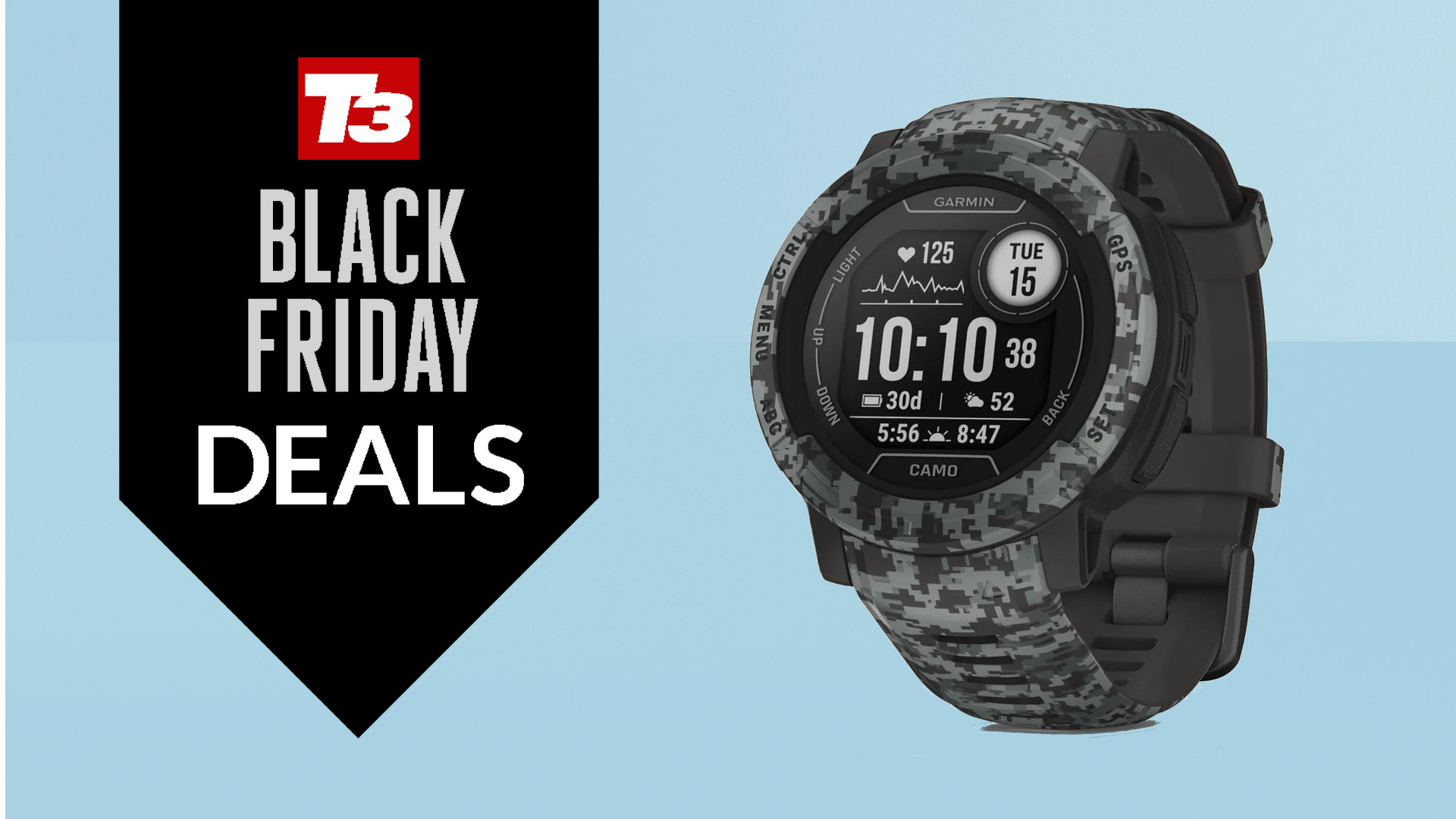 This rugged adventure Garmin is mega cheap in Walmart’s Black Friday sale
This rugged adventure Garmin is mega cheap in Walmart’s Black Friday saleThe Instinct 2 is a top watch for outdoor and sport enthusiasts
By Bryony Firth-Bernard
-
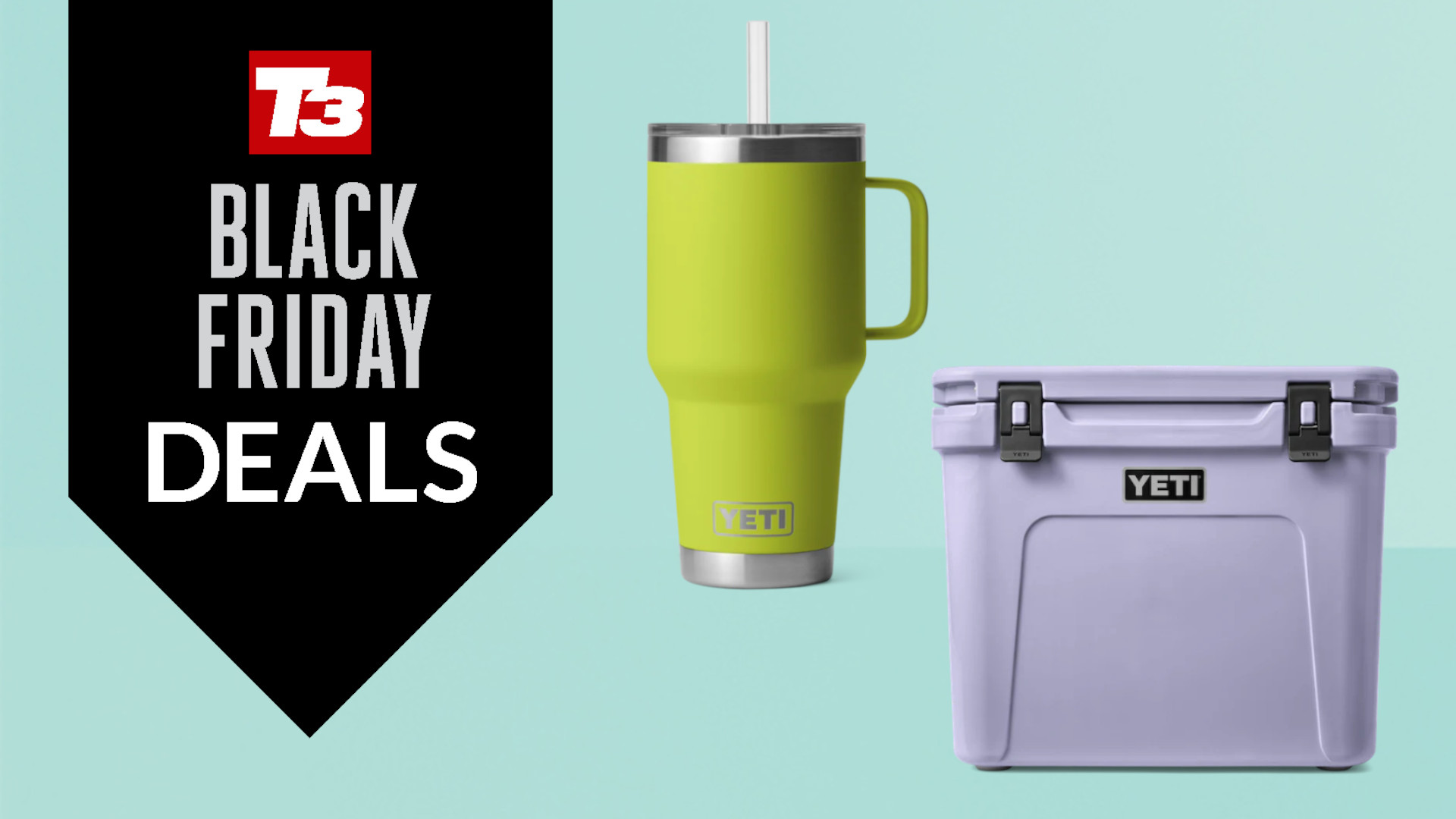 YETI’s best-selling products are ridiculously cheap in Amazon’s Black Friday sale
YETI’s best-selling products are ridiculously cheap in Amazon’s Black Friday saleFancy yourself a tumbler, rambler or cooler? Amazon's reduced them all
By Bryony Firth-Bernard
-
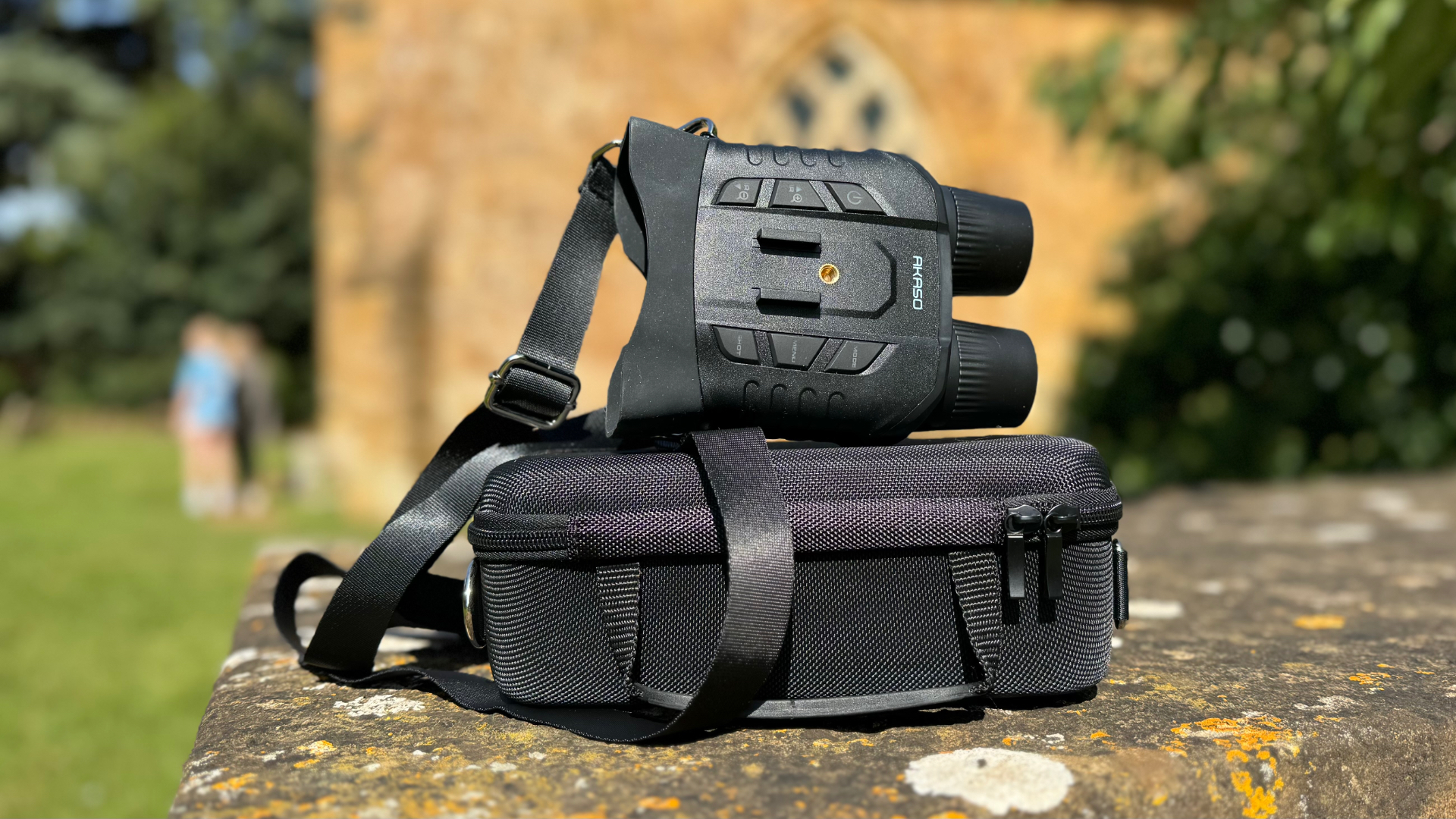 AKASO Seemor 200 night vision goggles review: unparalleled clarity for nighttime adventures
AKASO Seemor 200 night vision goggles review: unparalleled clarity for nighttime adventuresAKASO’s new NVD unlocks the night with cutting-edge colour vision technology
By Derek Adams

